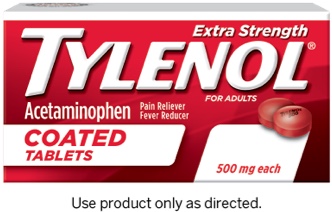


This high rate of adverse reactions has led to increasing research and utilisation of alternative acetylcysteine regimens including the SNAP (12 h modified protocol) and the two-bag regimen (current recommended protocol in Australia and New Zealand). The most common reactions to intravenous acetylcysteine are nausea, vomiting and cutaneous systemic hypersensitivity reactions.

These include rash, nausea and vomiting, angioedema, flushing, tachycardia, bronchospasm, hypotension and death. The traditional three bag protocol is associated with a high rate of adverse reactions, ranging from mild to severe. It is almost completely protective against deaths secondary to paracetamol-induced liver injury when administered within 8 hours of ingestion. Traditionally acetylcysteine is given over a series of three infusions given over 20 hours. Acetylcysteine also supplies thiol groups, which can directly bind with NAPQI in hepatocytes and enhances non-toxic sulfate conjugation. Acetylcysteine is a cysteine precursor, it is hydrolysed intracellularly to cysteine, which replenishes glutathione. Glutathione is essential in the metabolism of NAPQI (toxic paracetamol metabolite. Its efficacy as a specific antidote for paracetamol poisoning relies mainly on its ability to stimulate glutathione synthesis. Guest Post – Dr Angela Chiew – Australian Clinical Toxicologist and Emergency Staff SpecialistĪcetylcysteine is the most widely used antidote for paracetamol poisoning.


 0 kommentar(er)
0 kommentar(er)
